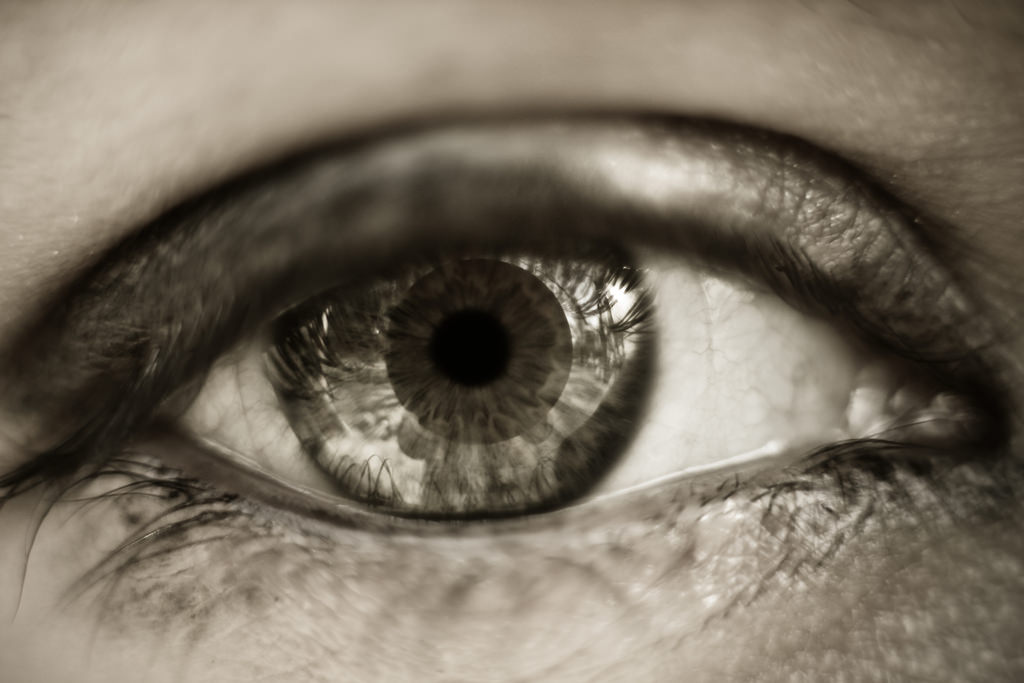As medical technology has advanced, contact lenses have become an increasingly popular alternative to glasses. Contacts are often worn to correct myopia (nearsightedness) or hyperopia (farsightedness), but they can correct for other eye conditions as well. For example, specialized multifocal contact lenses are designed for older people with presbyopia.
Presbyopia is a very common eye condition that develops with age. Beginning at around age 40, the crystalline lens in your eye becomes harder and less flexible. Consequently, the muscle fibers around the lens have a difficult time adjusting the lens to focus on nearby objects. This translates to blurry near vision; you may find yourself needing to hold your reading material at arm’s length or farther in order to focus your vision.
Image Source: Russell Burden
Traditionally, eye care practitioners have prescribed bifocal or trifocal eyeglasses to treat presbyopia. However, patients wearing these eyeglasses often complain of “image jump” – objects appear to “jump” as their eyes move between different segments of their lenses. To alleviate this problem, progressive lenses were developed. These lenses incorporate a gradual progression of lens powers to simulate a “natural” focusing at all distances.
Many presbyopes who live very active lifestyles, or find themselves continually adjusting their glasses’ position on their face, may prefer multifocal contacts over corrective eyeglasses. Multifocal contacts are available in several designs, broadly grouped into “alternating vision” lenses and “simultaneous vision” lenses.
Image Source: Klaus Vedfelt
Alternating vision lenses are similar to bifocal eyeglasses in that the top half of the lens allows you to see far away, while the bottom half allows you to see close up. Meanwhile, simultaneous vision lenses present your pupil with distance powers and near powers at the same time. A patient trying these lenses may experience very blurry and confusing vision for the first few days, but then their brain would learn to look selectively through the correct power for a given distance.
Amazingly, studies have also found that multifocal contacts can slow the progression of myopia in children. The contacts tested have been soft multifocals with a center distance design, meaning that there is full distance power in the center of the lens and gradually diminished power in the periphery. Children included in these studies experienced a significant reduction in myopia progression, often 50% or higher. Along with orthokeratology and atropine eye drops, multifocal contact lenses may prove an effective tool to combat the ongoing myopia epidemic.
Feature Image Source: Contact lens by n4i










